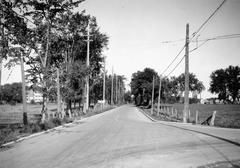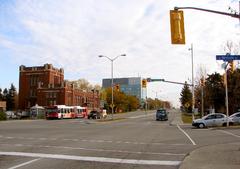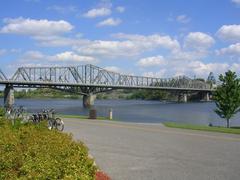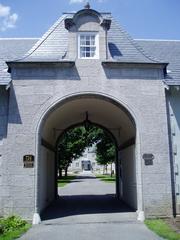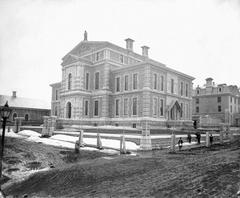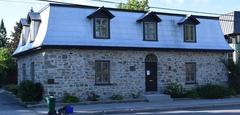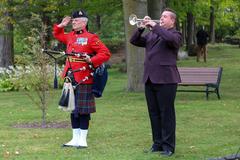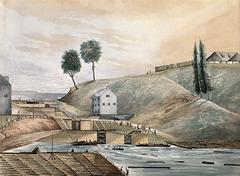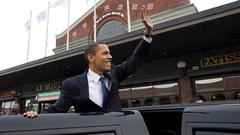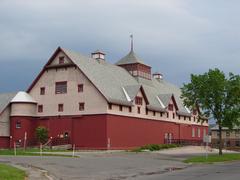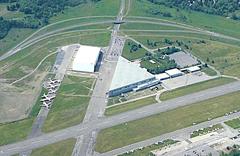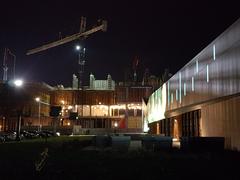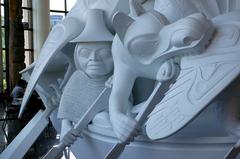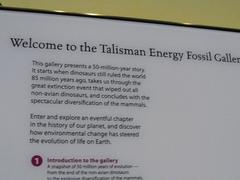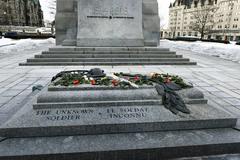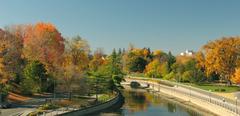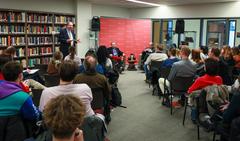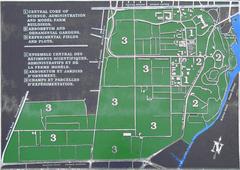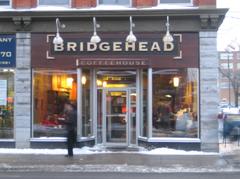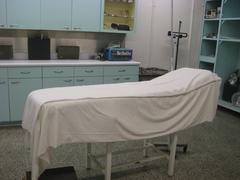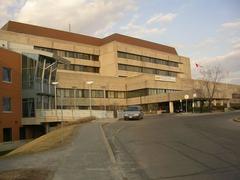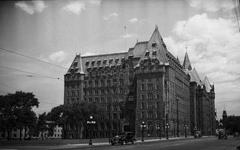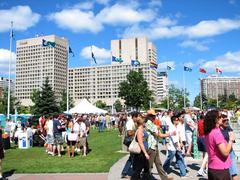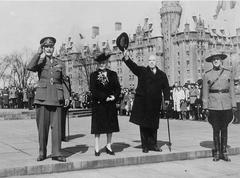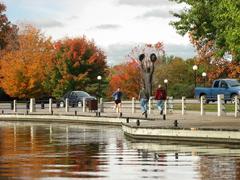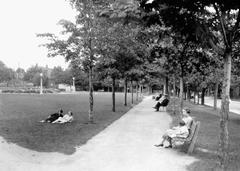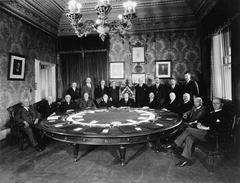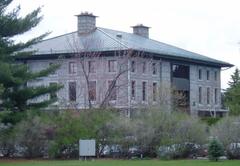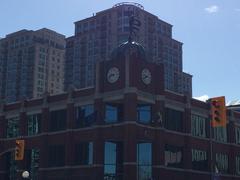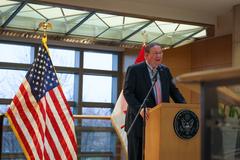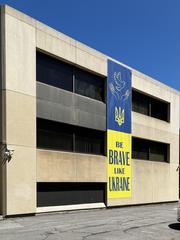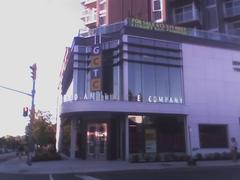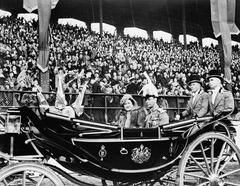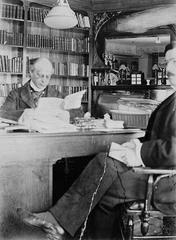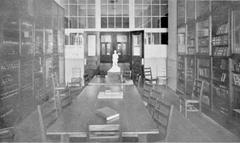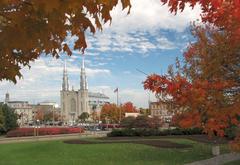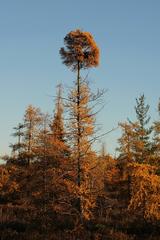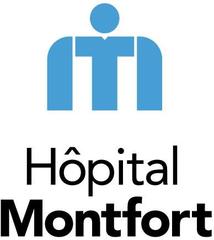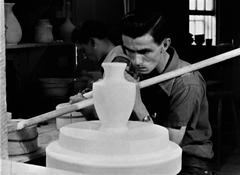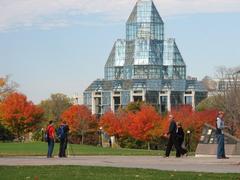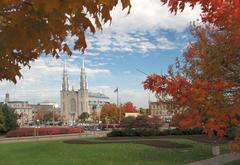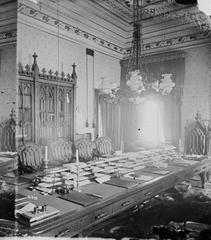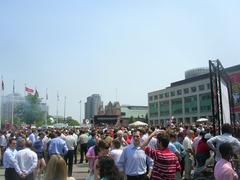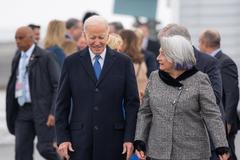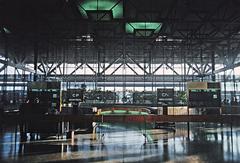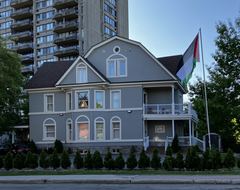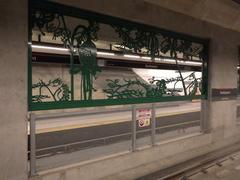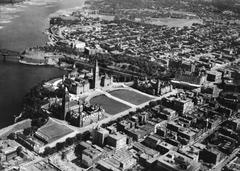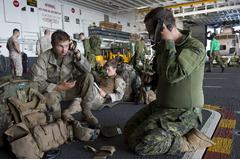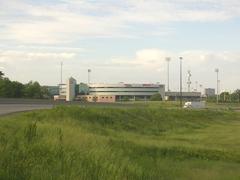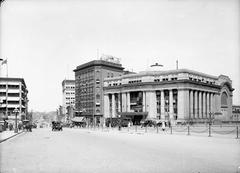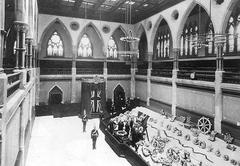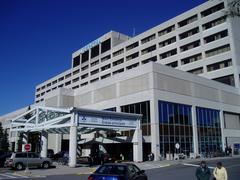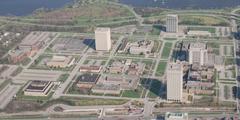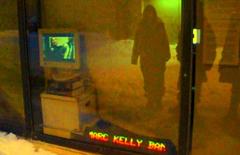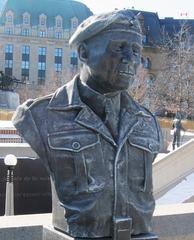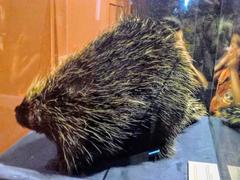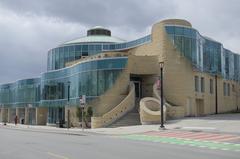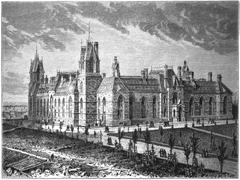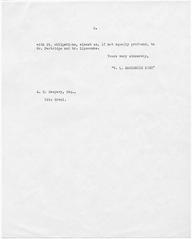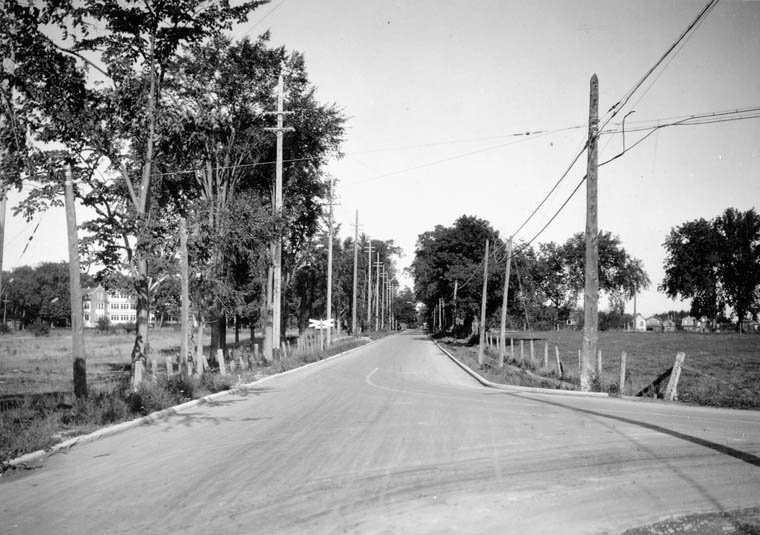
Guide to Visiting Ottawa River, Ottawa, Canada
Date: 01/08/2024
Introduction
The Ottawa River, known as Kichisìpi in the Algonquin language, meaning ‘Great River,’ is a vital historical and cultural landmark in Canada. Flowing through the capital city of Ottawa, it has shaped the region’s history and continues to be a significant natural and recreational resource. The river’s formation dates back to the end of the continental glaciation approximately 11,000 years ago, reshaping the landscape of western Quebec and eastern Ontario (Ottawa Riverkeeper). From the early Aboriginal Canadians who settled along its banks around 9,000 years ago to the European explorers like Samuel de Champlain in 1613, the Ottawa River has played a pivotal role in the development of the region (Wikipedia). Its importance continued through the fur and timber trades, where it served as a crucial transportation route and economic engine, and today, it remains a symbol of the region’s rich heritage and a popular destination for tourists seeking to explore Canada’s history and natural beauty (The Canadian Encyclopedia). This comprehensive guide will delve into the river’s historical significance, its modern-day attractions, and practical visitor information to help you make the most of your trip to this iconic waterway.
Table of Contents
- Introduction
- Historical Significance of the Ottawa River
- Industrial and Economic Development
- Modern Significance and Tourism
- Indigenous Heritage and Land Claims
- Visitor Information
- FAQ
- Conclusion
Historical Significance of the Ottawa River
Formation and Early Inhabitants
The Ottawa River’s formation dates back to the end of the continental glaciation approximately 11,000 years ago, reshaping the landscape of western Quebec and eastern Ontario (Ottawa Riverkeeper). The first Aboriginal Canadians arrived around 9,000 years ago, establishing the river as a vital resource for sustenance and transportation. The Algonquin people, who lived throughout the river’s watershed, referred to themselves as the Omàmiwinini, or ‘down-river people’ (Wikipedia).
European Exploration and Settlement
The Ottawa River was a significant route for European explorers venturing into the interior of North America. Samuel de Champlain, guided by Aboriginal peoples, explored the river in 1613, marking the beginning of European exploration in the region (Britannica). Following Champlain, notable explorers such as LaVerendrye, Simon Fraser, Sir John Franklin, and David Thompson used the river as a highway into the continent. The river’s strategic importance continued to grow with the arrival of fur traders and missionaries. It became a chief route for the fur trade, with trading posts established along its length, including Lachine, Fort Coulonge, Lac des Allumettes, Mattawa House, and Fort Témiscamingue (Wikipedia).
The Timber Trade Era
In the early 19th century, the Ottawa River and its tributaries became crucial for accessing the vast virgin forests of white pine. The timber trade flourished, with large rafts of logs floated down the river to markets. Philemon Wright demonstrated the feasibility of this route in 1806, and the British demand for pine grew significantly (The Canadian Encyclopedia). The Reciprocity Treaty of 1854 secured free access for Canadian lumber into the US market, further boosting the timber trade. The social life of the Ottawa Valley was deeply intertwined with the timber trade. Armies of men lived in crude shanties during the winter and descended on civilization with their rafts in the spring. This period also saw violent clashes, known as the Shiners’ Wars, between competing shanties and between French and Irish workers (The Canadian Encyclopedia).
Industrial and Economic Development
The Ottawa River’s importance extended beyond transportation and trade. In 1832, the Rideau Canal was completed, linking Ottawa to Lake Ontario and providing an alternate military supply route bypassing the Saint Lawrence River (Britannica). This canal, along with the Carillon Canal, constructed following the War of 1812, underscored the river’s strategic significance. By the mid-19th century, lumbering had become the dominant activity along the river, transforming it into the economic engine of the region. The river’s power was harnessed for industrial purposes, with the Chaudière Falls supporting thriving industries along the Gatineau and Ottawa shorelines (Naturally Ottawa). The river also gave birth to Canada’s atomic industry, with the establishment of the Atomic Energy Commission Laboratories in Chalk River in 1944.
Modern Significance and Tourism
Recreational Activities
Today, the Ottawa River is no longer a major transportation artery but remains an important source of hydroelectric power. Several hydro plants supply electricity to much of Quebec and Ontario, and the river continues to support recreational activities such as boating, fishing, and white-water rafting (The Canadian Encyclopedia). The river has been a tourist destination since the 19th century, with steamboats replaced by sailboats, motorboats, canoes, and kayaks. Popular attractions along the river include the Rocher Fendu rapids near Pembroke, which are a hotspot for white-water rafting, as well as beaches, trails for walking, hiking, and cycling, and winter activities like ice fishing, snowmobiling, skating, and cross-country skiing (The Canadian Encyclopedia).
Cultural and Historical Landmarks
Ottawa, the capital of Canada, is situated on the banks of the Ottawa River and boasts numerous historical landmarks that reflect its rich past. Parliament Hill, with its impressive Gothic Revival architecture, is a must-visit site. The Rideau Canal, a UNESCO World Heritage Site, offers scenic views and recreational opportunities year-round (Ottawa Tourism). The ByWard Market, one of Canada’s oldest and largest public markets, provides a glimpse into Ottawa’s vibrant history and contemporary culture. The Canadian Museum of History, located across the river in Gatineau, Quebec, houses extensive collections and exhibits that showcase the region’s history from Indigenous roots to modern times (Ottawa Life).
Indigenous Heritage and Land Claims
The Ottawa River’s significance to the Algonquin people is evident in their ongoing efforts to reclaim their traditional territory. The Algonquin First Nations in Ontario have launched a land claim covering a significant portion of the Ottawa River watershed, highlighting the river’s enduring cultural and historical importance (The Canadian Encyclopedia).
Visitor Information
Visiting Hours and Ticket Prices
Most attractions along the Ottawa River are open year-round, but specific visiting hours can vary. For accurate and up-to-date information, it is recommended to check the official websites of the attractions you plan to visit.
Travel Tips and Accessibility
- The Ottawa River is easily accessible by car, with several parking areas near major attractions.
- Public transport options are also available, including buses and trains to Ottawa and nearby cities.
- Many sites along the river are wheelchair accessible, but it is advisable to check individual sites for specific accessibility information.
Nearby Attractions
- Gatineau Park: Offers hiking, biking, and scenic drives.
- Laurier House National Historic Site: The former residence of two Canadian Prime Ministers.
- Canadian War Museum: Provides a comprehensive overview of Canada’s military history.
Special Events and Guided Tours
The Ottawa River hosts numerous special events throughout the year, including festivals, cultural events, and outdoor activities. Guided tours are available for various attractions, offering insightful information and a deeper understanding of the river’s significance.
FAQ
Q: What are the best times to visit the Ottawa River?
A: The Ottawa River is a year-round destination, but the best times to visit are spring and summer for outdoor activities and fall for scenic foliage.
Q: Are there any guided tours available?
A: Yes, several guided tours are available for different attractions along the Ottawa River, offering historical insights and unique experiences.
Q: Is the Ottawa River accessible for people with disabilities?
A: Many attractions along the river are wheelchair accessible, but it is advisable to check individual sites for specific accessibility information.
Q: What are some must-visit attractions along the Ottawa River?
A: Parliament Hill, Rideau Canal, Rocher Fendu rapids, and the Canadian Museum of History are some top attractions.
Conclusion
The Ottawa River’s historical significance is multifaceted, encompassing its role as a vital resource for Indigenous peoples, a highway for European explorers, a hub for the fur and timber trades, and a source of industrial power. Today, it continues to be a symbol of the region’s rich heritage and a popular destination for tourists seeking to explore Canada’s history and natural beauty. For more information and updates, follow us on social media and check out our related posts.
References
- Ottawa Riverkeeper. (n.d.). Explore the River. Retrieved from Ottawa Riverkeeper
- Wikipedia. (n.d.). Ottawa River. Retrieved from Wikipedia
- The Canadian Encyclopedia. (n.d.). Ottawa River. Retrieved from The Canadian Encyclopedia
- Britannica. (n.d.). Ottawa River. Retrieved from Britannica
- Ottawa Tourism. (n.d.). Outdoor Activities Ottawa Summer 2024 Itinerary. Retrieved from Ottawa Tourism
- Waves and Cobblestones. (n.d.). Best Ottawa Tours. Retrieved from Waves and Cobblestones
- Authentik Canada. (n.d.). Tourism Office Ottawa. Retrieved from Authentik Canada
